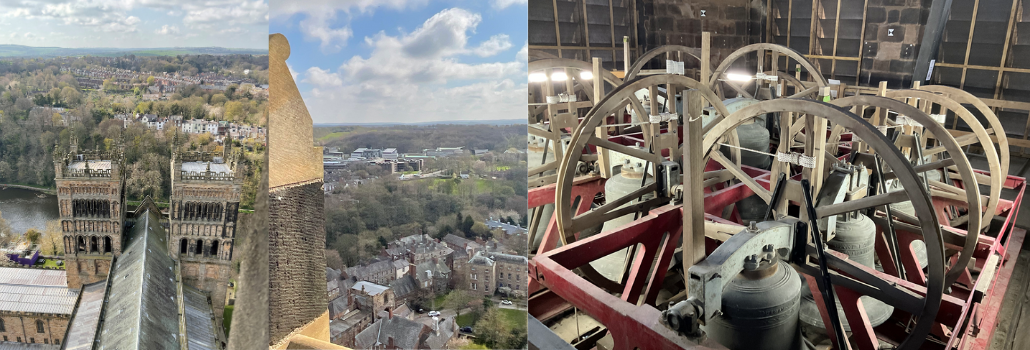
Leading scientists from our Department of Biosciences and Mathematical Sciences are encouraging breeding swifts to nest by setting up high powered speakers in Durham Cathedral's iconic Belfry Tower.
This pioneering project has been funded by Atom bank, with whom we share a strategic partnership to carry out collaborative research to protect the environment.
Speakers for swifts
The high-power speakers will be installed 60ft above the ground in Belfry Tower and broadcast the sound of swift calls.
The researchers are hoping that the sound produced by the speakers will attract young birds looking for their first nest site, to breed in the nest boxes fixed to the tower last year.
In addition to the sound system, a number of motion-triggered cameras will enable the team to monitor the nest box use.
Enhancing biodiversity
Swift populations in the UK have declined by 60% between 1995 and 2020 and, as a result, are on the red-list of the UK's most threatened bird species.
Professor Stephen Willis, who is leading on our drive for net biodiversity gain, said: "The University is working in collaboration with the Cathedral and other land managers around the city to ensure we have a joined-up strategy to reverse the decline of biodiversity locally.
"The swift project also offers the potential for future research projects to better understand the ecology and movements of these enigmatic global tourists, complementing other work on migratory birds that is going on at the University."
The project team are optimistic that the new sound technology installed at Durham Cathedral will help to speed up the colonisation of swifts in the tower and boost the population of this iconic bird.






